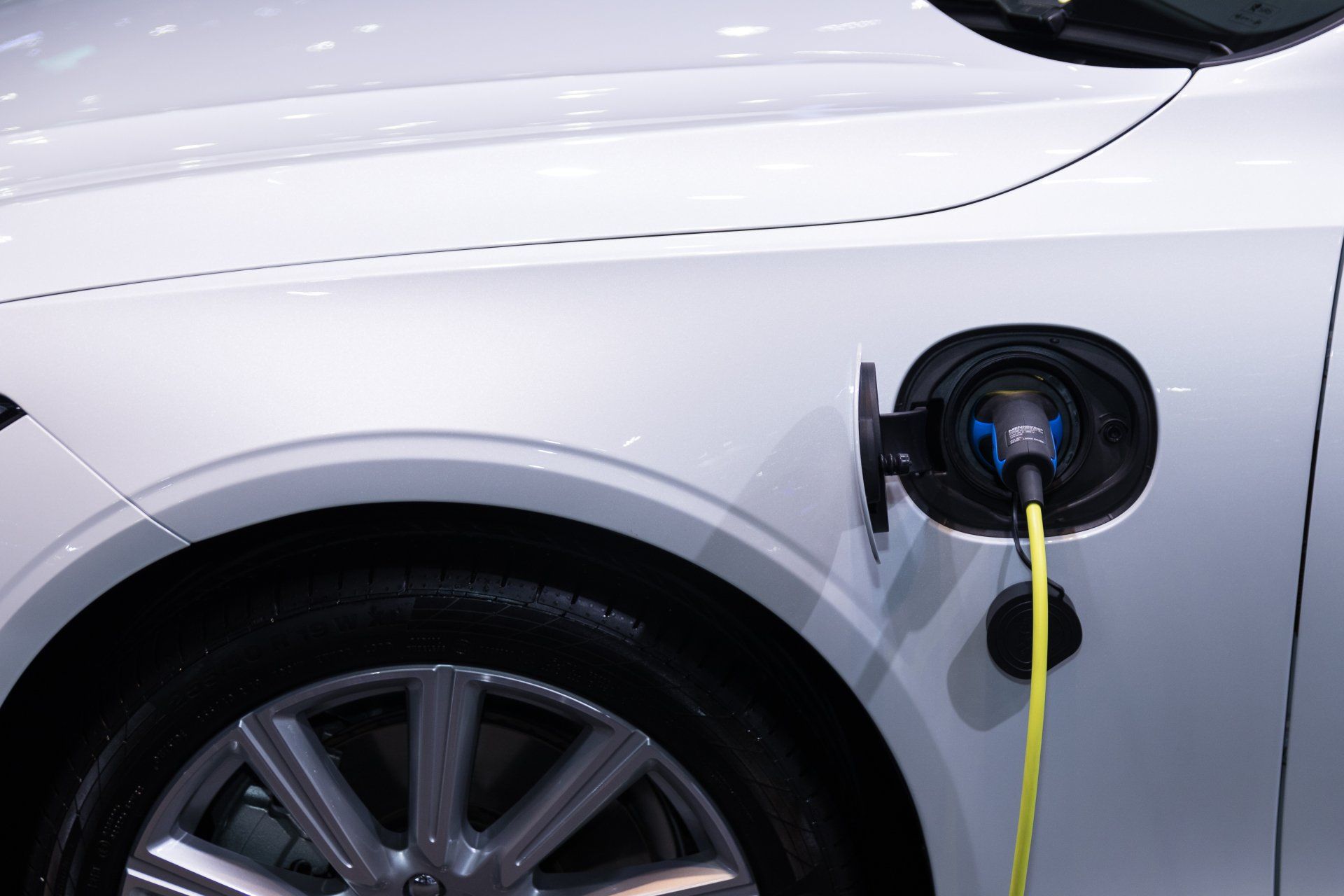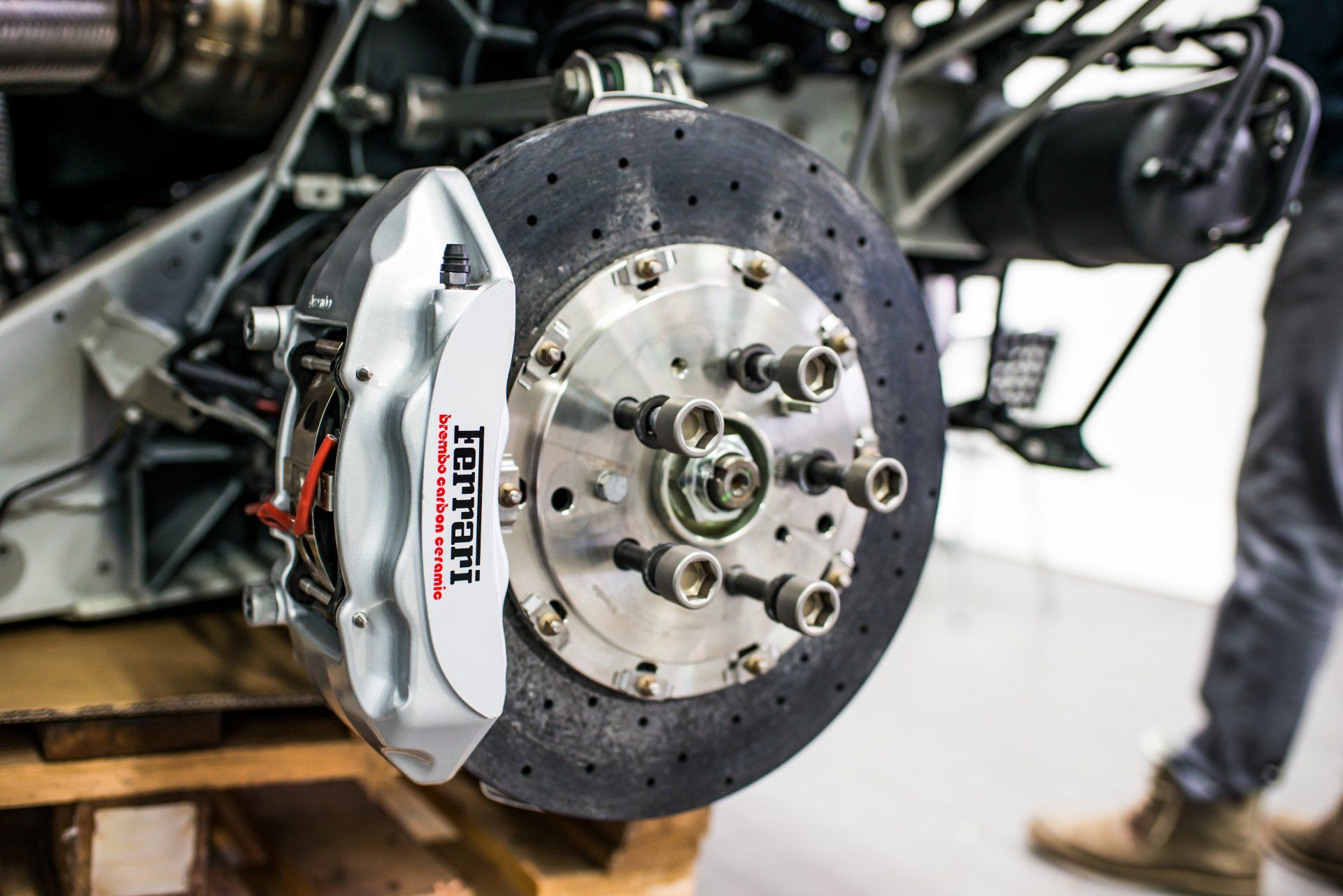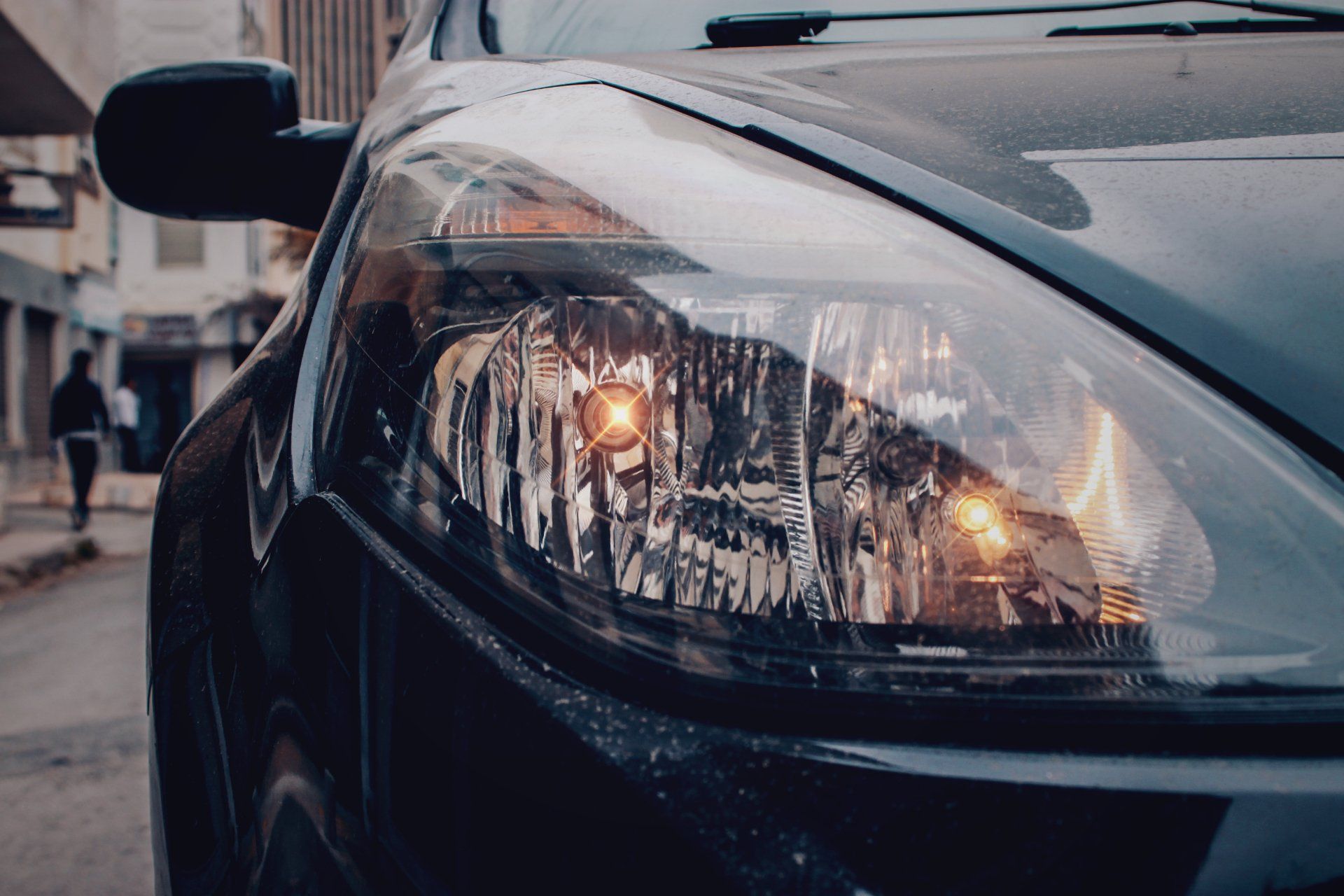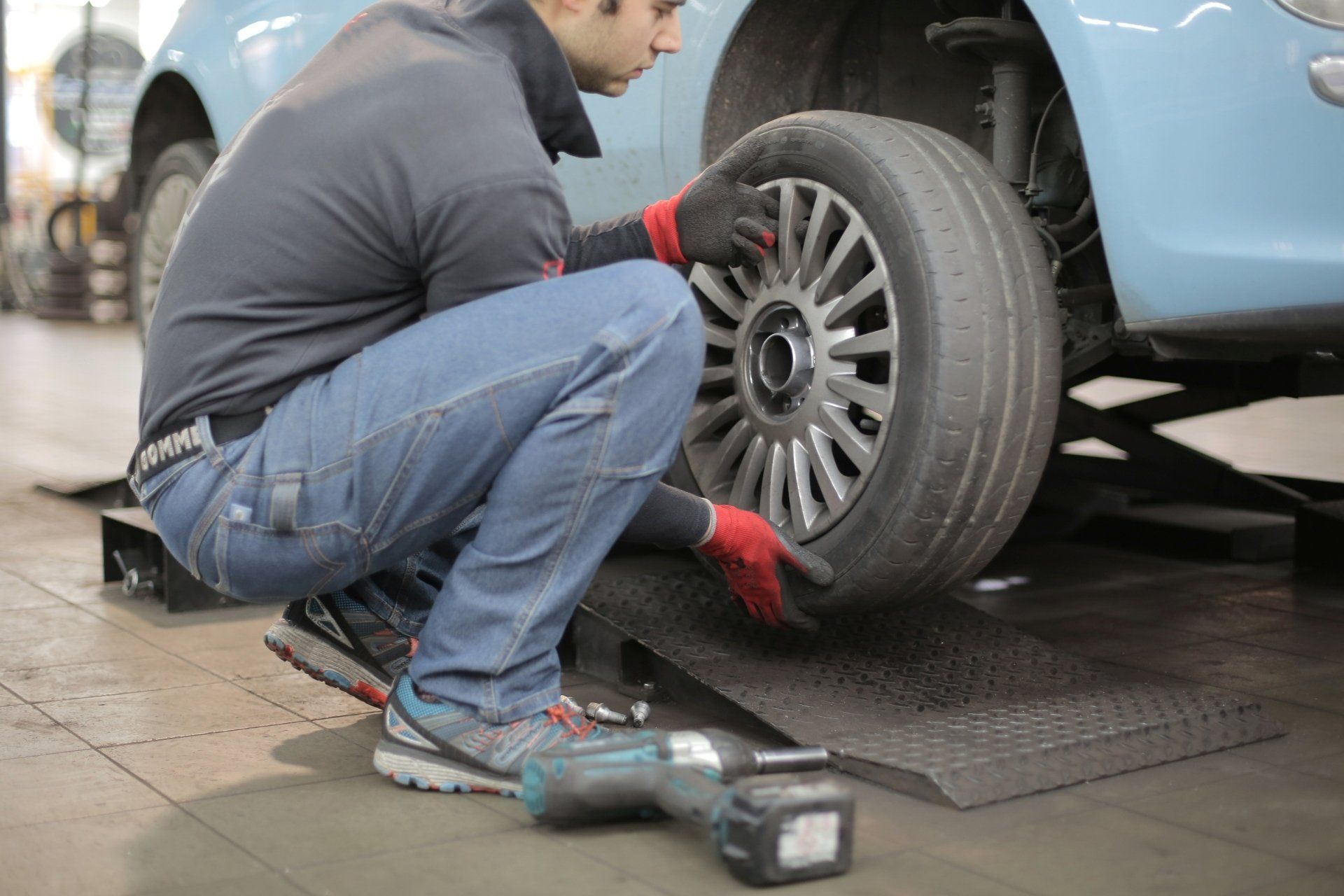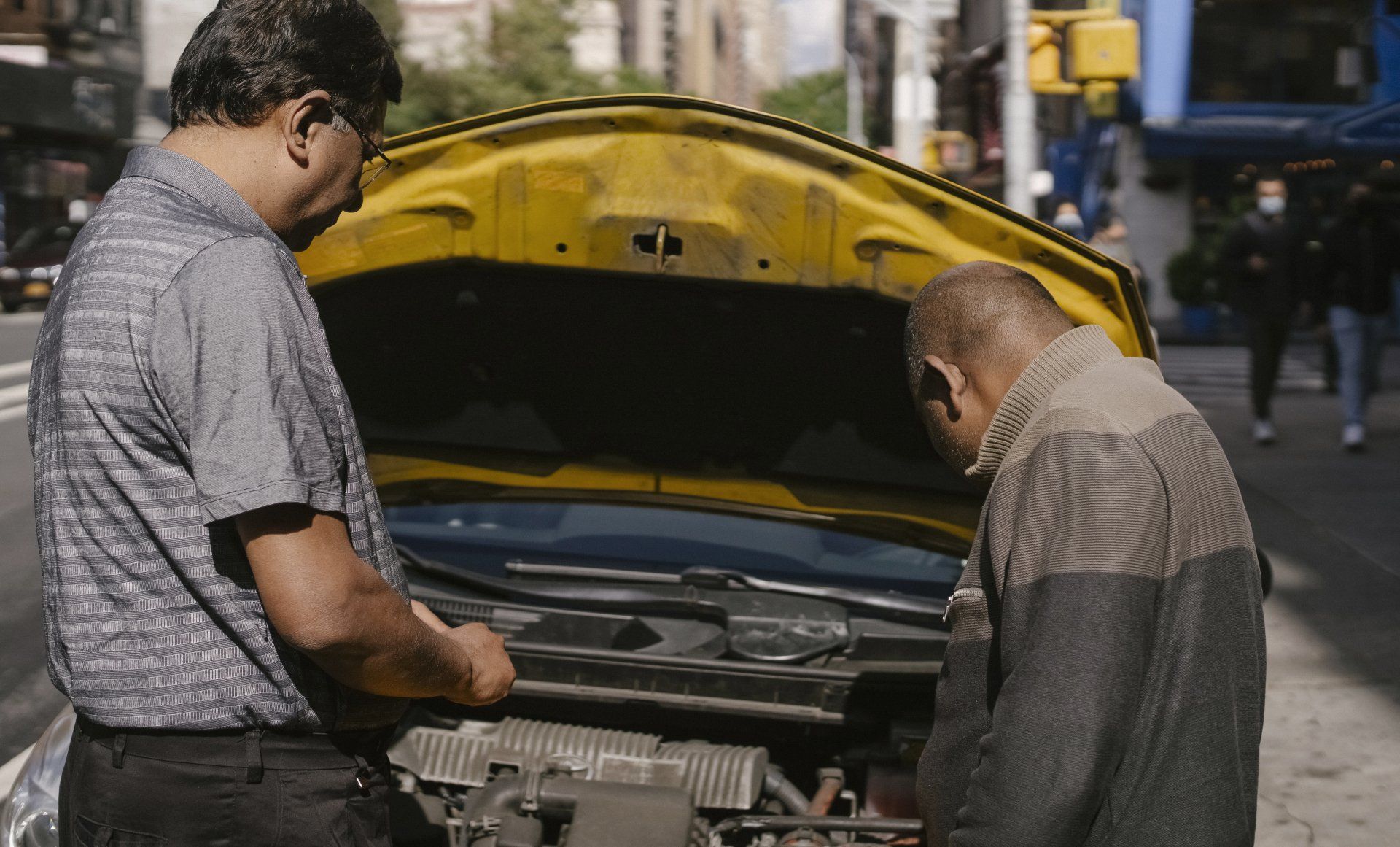Is My Starter Battery Going Out?
When My Car Battery Goes Out?
As you know, most regular maintenance items like an oil change are predictable and easily integrated in to your everyday schedule. Even though the wait time at brick and mortar shops can be long and boring. Especially when all you get is a dark waiting area with dull tasting coffee and uncomfortable chairs, it is still manageable to work it in to your schedule.
But what do you do when your car breaks down unexpectedly?
Most car batteries go out when least expected. In the morning on your way to work, in the evening on your way home or in the middle of a road trip while at a gas station. That is when a mobile mechanic can come in very handy.
Let us dive in to how you can recognize a prematurely failing battery. To prevent being stranded in the most inconvenient moments.
List of Services
-
Detecting A Failing BatteryItem Link List Item 1
Learn more about how to determine if your battery is close to failing. Before it is to late.
-
Car Battery 101Item Link List Item 2
Understand better common battery types and functions.
-
Why Batteries Fail?Item Link List Item 3
Learn how batteries fail to understand how you can prevent it.
-
FAQ Around BatteriesItem Link List Item 4
Some general frequently asked questions around car batteries.
How Do I Know If My Car Battery Is Failing? Before It Fails!
First signs of a failing battery are very obvious, once you are aware of them.
We will list you all the signs we know below, so you can be aware and replace your battery before it fails.
Common Signs Of A Failing Battery:
- Flickering Headlights
- Slow Crank When Starting The Car
- Flickering Interior Lights
- Slow Moving Wipers
- Comfort Functions Malfunctioning (i.e. Radio, Seat Heater, etc.)

When you keep an eye on these early common signs of a failing battery you can take care of replacing it in time. It is always a good idea to have a professional take a look at it. To make sure you battery failed only because of age and not because of any other reasons a car battery can fail.
Car Battery 101
There are a variety of car batteries. Even in cars with a common combustion engine multiple batteries can be installed. Every battery has certain tasks in a vehicle.
Lets talk first about the main Battery types there is:
- Starter Batteries (AGM, Dry Cell, Wet Cell etc.)
- Auxiliary Batteries (For Comfort Functions)
- Lithium Ion Batteries (Found In Electric Vehicles & Hybrids)
Starter Batteries:
- Wet Cell (Flooded Lead Acid) Is the oldest and most commonly known battery. These batteries have 6 cells, with each cell providing 2.1V at full charge, totaling 12.6V. These batteries have to be maintained regularly and topped off with the proper electrolyte solution. When installed you want to make sure it stays in strapped down in even position so it doesn't spill.
- VRLA (Valve Regulated Lead Acid) Is a sealed battery. The VRLA battery is low maintenance and does not require any topping up. VRLA batteries are spill proof when when tipped over.
- AGM (Absorbed Glass Mat) Is a form of the VRLA battery. The big difference is that the electrolytes are absorbed in a glass mat. This allows to have more leads inside of the battery which can provide more power and last longer.
- Silver Calcium Batteries are a more advanced version of the Wet Cell batteries. They function in the same way with the only difference of lead-calcium-silver plates instead of the lead-antimony plates, what can help preventing corrosion and operating during higher temperatures. These batteries are normally sealed and maintenance free.
- Enhanced Flooded Batteries are also a more advanced version of the Wet Cell batteries. These batteries house a liquid electrolyte solution and are also sealed. They are rated to last longer and more cranking cycles.
- Dry Cell (Gel Cell) Batteries are becoming more rare now days. Dry Cell functions in the same way as a wet cell with the difference of added silica to turn the electrolyte solution in to a gel. These batteries are more shock robust and non-spill-able. Dry Cell batteries are being replaced now days with AGM batteries.
Auxiliary Batteries:
These batteries are often used in luxury vehicles to help with all additional comfort options. Functions like eco start & stop, Brake hold, hill hold and many more are powered through the auxiliary battery to take of load from your main battery. Sometimes Auxiliary batteries can also be in charge of more sophisticated functions like electrical transmission gear selection.
Most of these batteries are found in newer luxurious vehicles and are most popular as AGM batteries or Sealed Lead Acid batteries.
Lithium Ion (Li-Ion):
Li-Ion batteries are usually found in Hybrid vehicles & EV's (Electric vehicles). Li-Ion batteries can store more energy and have faster charging times. These are batteries we have in most modern mobile phones. These two properties combined with lighter cells are essential for EV's and Hybrids to achieve the long mileage ranges and maintain charging times at the lower end.
Reasons A Car Battery Can Fail
Most car batteries fail because of very simple reasons. Whenever an electrical consumer is left on (i.e. headlights, interior lights or a radio) the power consumed is provided by the starter battery. When the consumer is on for a long period of time without the alternator charging the battery and providing the needed electricity for named consumer, the battery can be drained. Sometimes a simple jumpstart can help with this problem. If the battery hasn't been discharged beyond its recommended Depth of Discharge (DoD).
Here is a list of common reasons car batteries fail:
Battery Age - The expected age of a regular starter battery is approximately between 3 to 5 years.
Whereby a Li-Ion battery has a life expectancy of 10 to 20 years.
Electrical Consumers - A lot of times we are in a hectic workday and just forget things. Leaving on an electrical consumer can drain your battery and prevent it from starting the engine again.
Alternator Failure - When your vehicles charging system fails and all the electrical consumers depend on the battery and are not fed off the alternator, the battery can be discharged beyond a certain percent of DoD. While the consumers are eating your battery alive, the alternator isn't charging the battery to keep it ready for the next starting cycle.
Corrosion - When the battery terminals are loose or corroded a slow discharge can be occurring while the vehicle is parked over time this can shorten the battery's life span.
Long Period Of Time Without Use - Planning on going on vacation? the best thing you can do to prevent your battery to discharge is to get a trickle charger, it keeps your battery juiced up and fresh for the next use, while extending its life expectancy to its maximum. Check this link out if you are looking for a trickle charger.
FAQ - Frequently Asked Questions
A few common questions around car batteries.
How to choose the right battery for my car? - A lot of times the parts store can help you selecting the correct battery. Sometimes it is better to consult with a professional mechanic to guide you to the right battery or better options for your car. There also very helpful tools like this one here, to find the right battery for your car.
How to properly dispose of my battery? - Most parts stores and shops are required to accept batteries for recycling. In a lot of instances when purchasing a new battery a core charge is taken, in order to make sure you return the old battery.
What does CCA stand for? - Batteries have different value they are rated in. Along the most important ones is CCA. The shortcut CCA stands for Cold Cranking Amps. The CCA determines how many many amps are being delivered to your starter at 0 Degrees Fahrenheit or -18 Degrees Celsius. The more CCA are housed in a battery, the easier does the starter turn over the engine in colder temperatures.
Who can help me replace my battery? - Our team of Mobile Mechanics can help with replacing your battery, at the comfort of your home or work. Our professional certified technicians come to your most convenient location with all the parts ready to get the job done. Our Mobile Mechanics use high quality tools to perform a high quality job. Our technicians make sure to perform the correct reset procedure to correctly install your vehicles battery.
Contact Us If you have more questions
We will get back to you as soon as possible.
Please try again later.
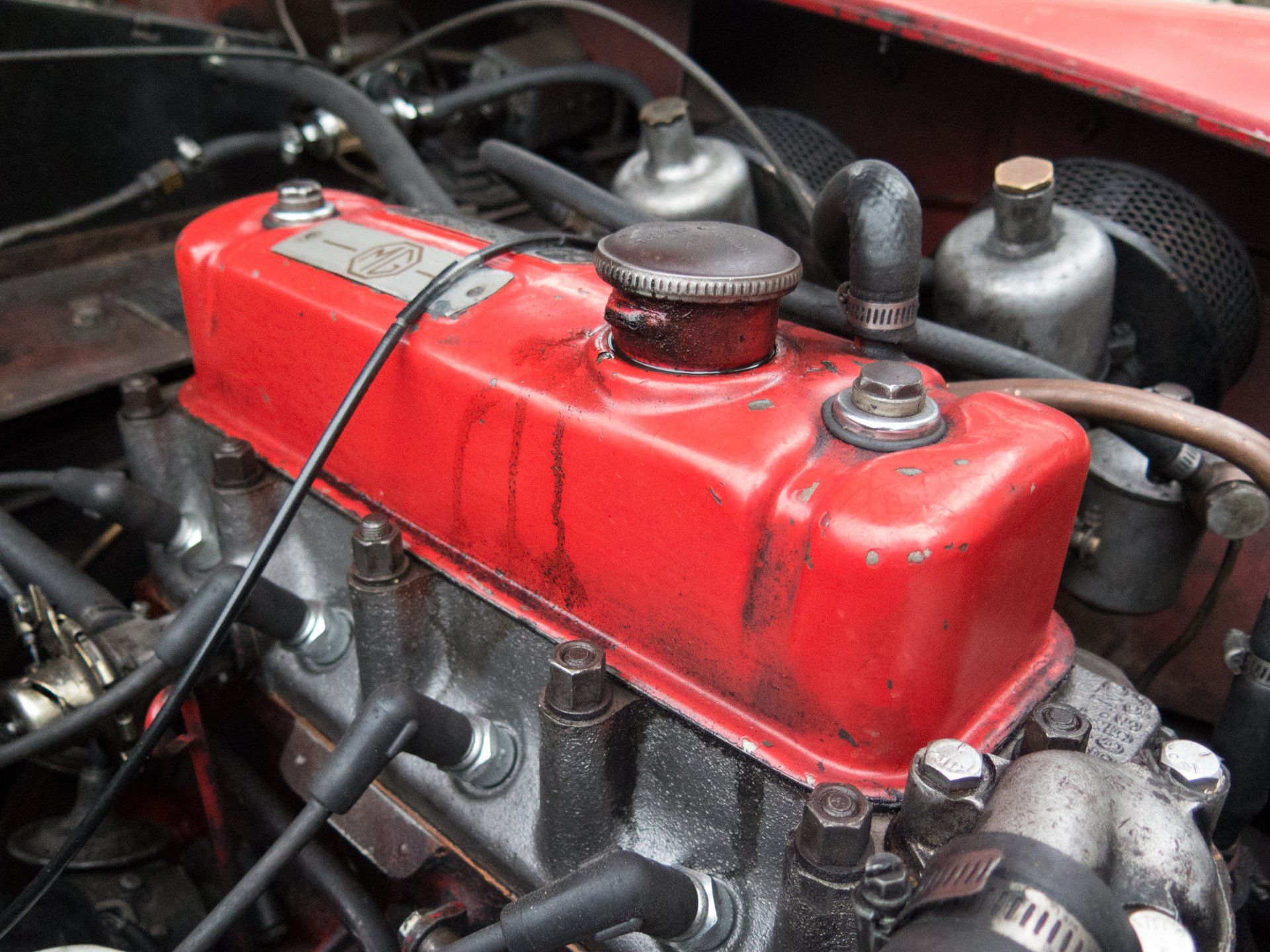
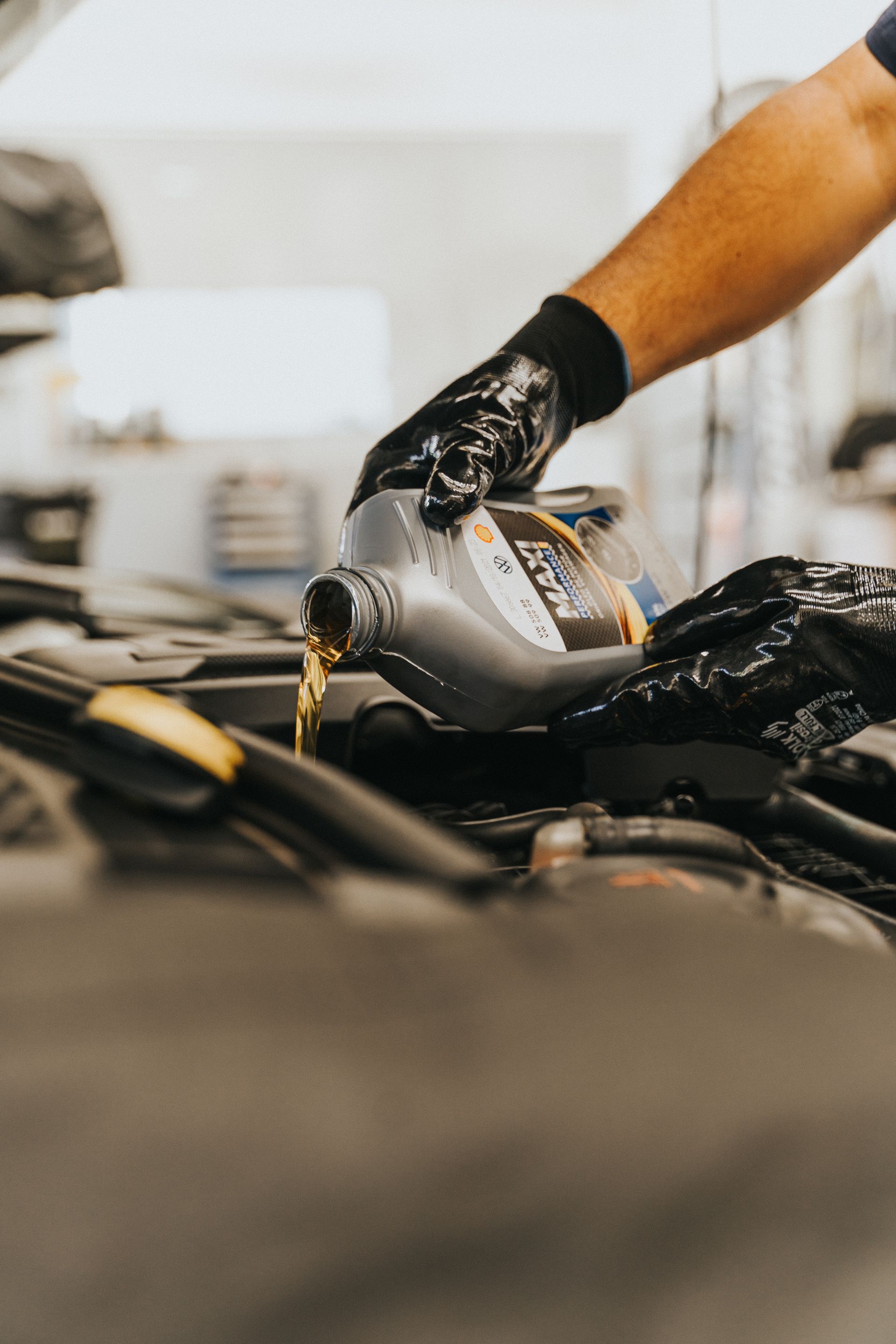
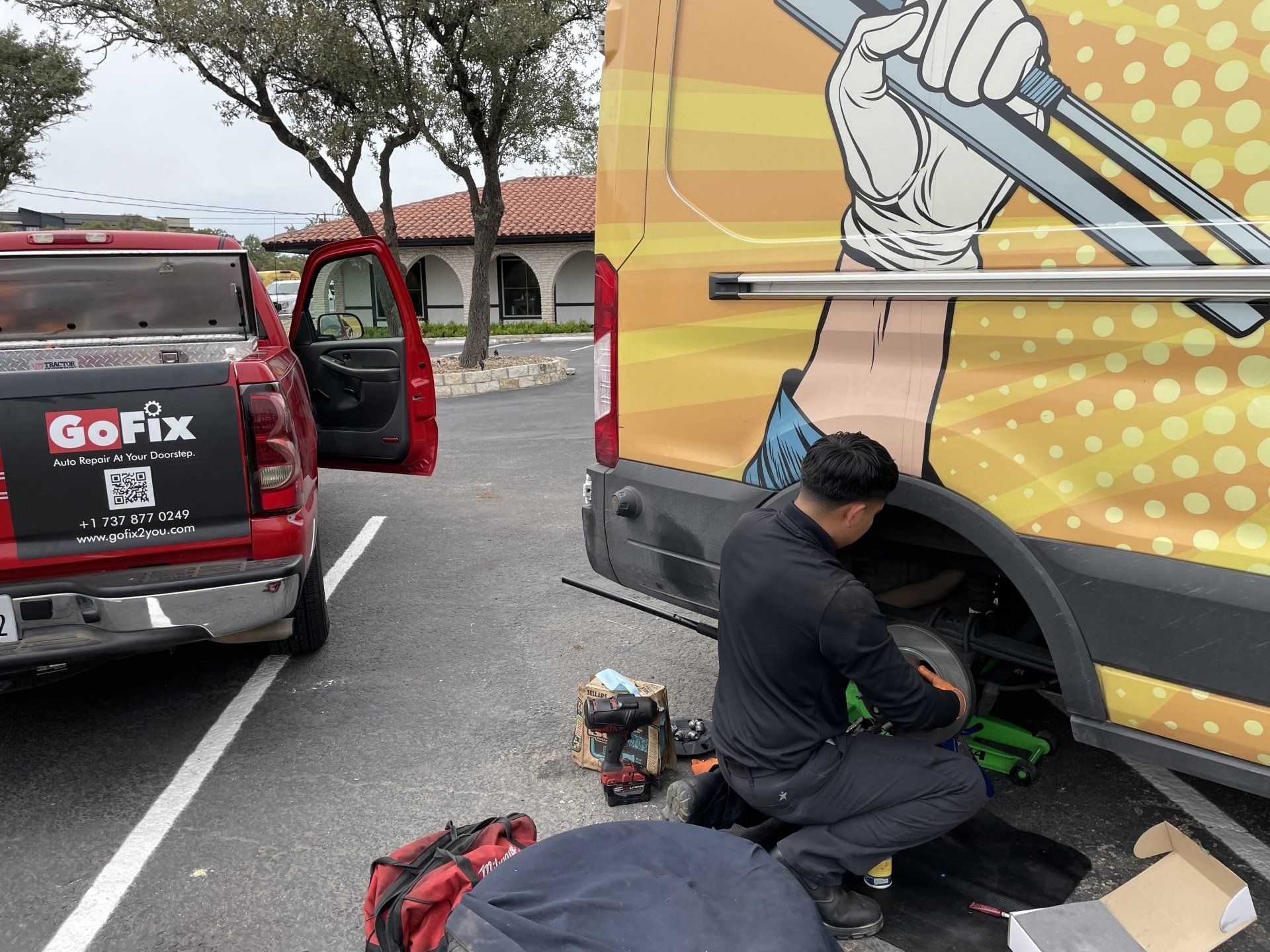
Contact Us
Phone: (866) GOFIX2U
Email: support@gofix2you.com
Helpful Links
All Rights Reserved | By KSZEN





